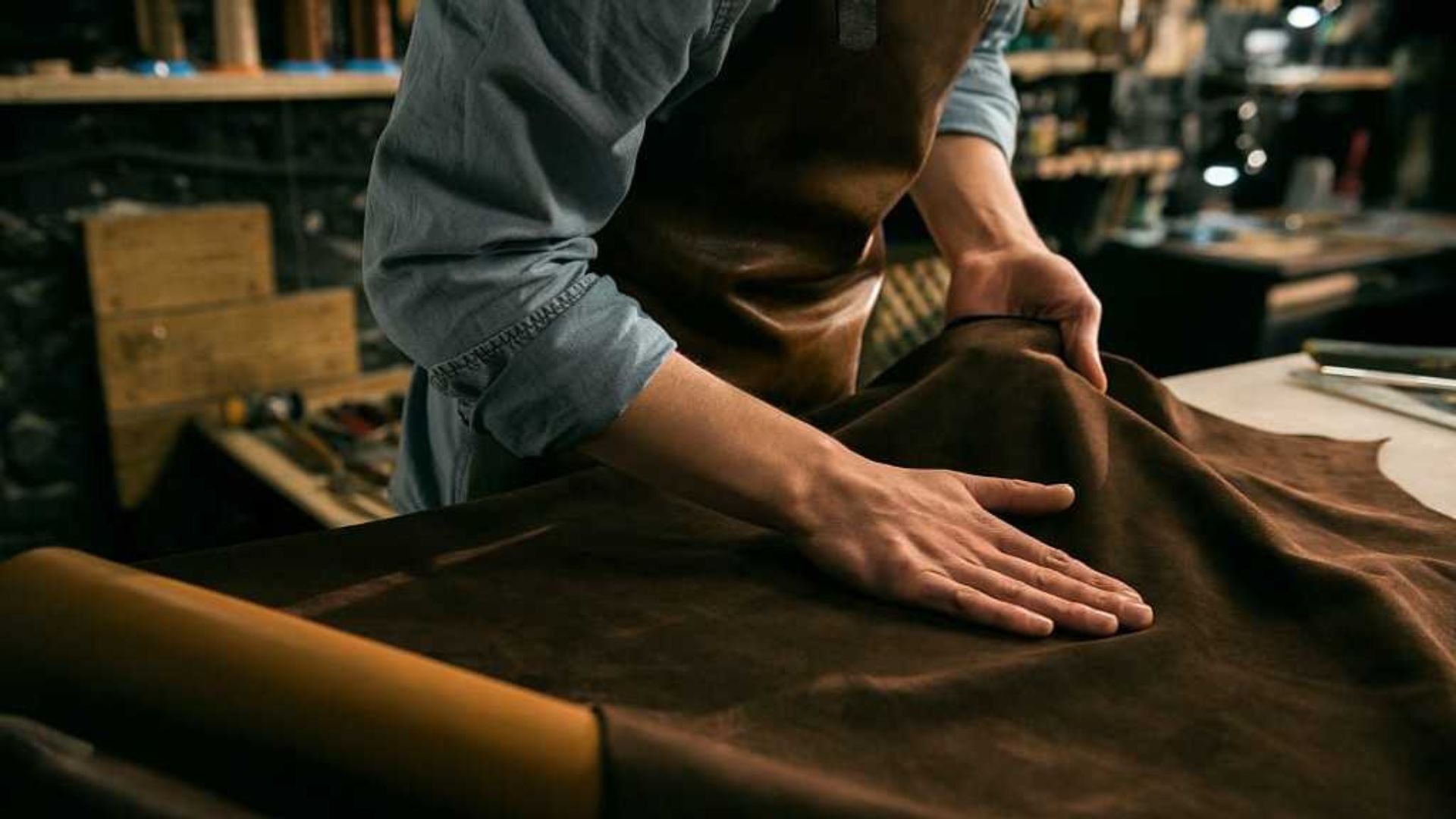In the landscape of global fashion, few things carry as much persuasive power as the idea of being Italian. The syllables of a name, the cut of a blazer, the muted palette of a boutique—these elements form a silent promise: that what you’re buying isn’t just clothing, but elegance, taste, and a piece of European heritage.
But heritage, as it turns out, can be manufactured.
There are labels today—many of them international, some mass-produced, some under fashion conglomerates—that have crafted entire identities around the illusion of being Italian. Names that sound like they belong to long-dead Milanese tailors, storefronts that echo the minimalism of a Florentine studio, and marketing that whispers of bespoke craftsmanship. The reality? Often, the name is made up. The clothes are produced far from Italy. And the heritage? Pure invention.
The Italian Allure
To understand why this illusion works so well, we must first understand what the Italian style represents. It’s more than just fashion—it’s a mythos. Italian aesthetics symbolize a kind of effortless sophistication: timeless silhouettes, warm-toned elegance, and a lifestyle rooted in tradition and taste. We picture cobbled streets, linen suits, and espresso at golden hour. It’s not just about how clothes are worn, but who wears them—and how.
This romanticized ideal has been exported globally, becoming a shortcut to credibility in fashion. A name that sounds Italian can unlock a higher price point, a more selective customer base, and a reputation for quality—regardless of whether the product actually upholds those values.
Manufactured Elegance
In many cases, companies have leaned into this association by constructing identities that feel Italian, even if nothing about their origin or operation is. These brands often use names that blend easily with European languages, open stores in high-end districts, and avoid loud branding—emulating the codes of “quiet luxury” long associated with old-world Europe. There is no law against this. There doesn’t need to be. The real power lies in suggestion and in the consumer’s willingness to believe in the story being sold.
Why It Sells
It works because people don’t just buy clothes—they buy meaning. A jacket becomes more than outerwear when it’s imbued with the idea of lineage and tradition. An Italian-sounding name triggers a host of positive assumptions: that the cut will be perfect, the fabric considered, and the design timeless. Even if it was mass-produced in a factory far from Europe, the illusion holds—because the aesthetic tells a convincing story. And in a hyper-visual, fast-moving world, the story is often enough.
The Question of Authenticity
So what does this say about us as consumers—and about fashion as an industry? Is it deceit or simply smart branding? Some would argue that borrowing the romance of another culture without its substance cheapens the very thing it imitates. Others would say that in fashion, everything is a performance—including identity. If the illusion makes you feel elegant, does it really matter whether it’s real?
The tension between authenticity and aspiration is not new. But in an age obsessed with both heritage and convenience, it’s becoming increasingly clear that heritage can be crafted, packaged, and sold—sometimes more convincingly than the real thing.
In the end, the allure of Italian fashion may not lie in its origins but in its ability to make the world believe. And believe, we do.









